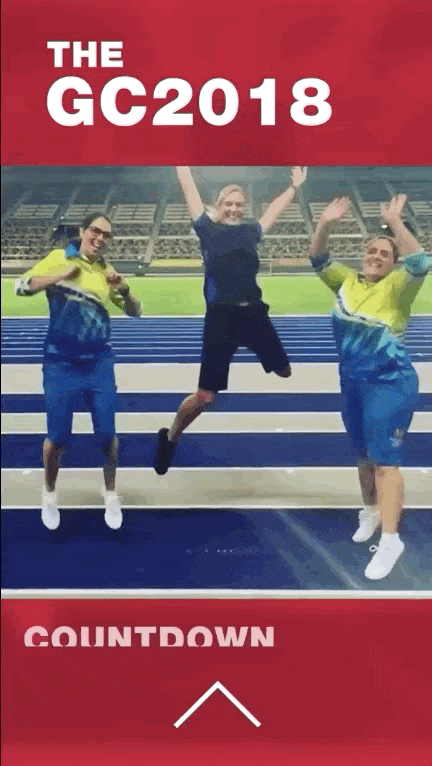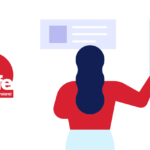BLOG
Case Study: Rethink Your Instagram Stories Ads with UGC
At Social Garden, user-generated content (UGC) campaigns are becoming more integral to our clients’ success.
Earlier this year, we partnered with TAFE Queensland to create a UGC-based ambassador campaign to coincide with the Gold Coast 2018 Commonwealth Games.
Like many other campaigns with substantial UGC investment, the method has proved to be a key driver in Instagram Stories and Snapchat placement strategies.
Tasked with elevating the TAFE Queensland brand across popular channels for young cohorts, we had prospects perform a key action: submit a form, click a link or spend more than 30 seconds on the landing page.
With a history of utilising temporary content across platforms like Snapchat and Instagram Stories, we saw unprecedented success for the higher education provider. This was achieved through hyper-targeting, behavioural tracking and native content.

Instagram Stories and Snapchat are a huge part of how advertisers can build genuine relationships with their target audience –they’ve grown 842% in the last two years alone.
As more millennials use ad blockers and seek a better user experience, investing in this type of native content is essential to cut through the noise of the advertising landscape.
By engaging real student ambassadors for TAFE Queensland, UGC on Instagram Stories proved to be the key for a lower cost per conversion, resulting in a cost of $7.69 per conversion.
This was almost $3 less than similar ads placed within the Instagram News Feed, reaffirming the preference of prospective students to receive information from their peers.
Introduced to boost brand presence before the ambassador campaign went live, the mobile game provided a new avenue for lead generation and nurture. In this instance, rethinking standard approaches to social platforms was essential for driving future engagement.
Mobile games can totally reinvigorate the Snapchat platform and the concept of photo-based apps. By investing in gamification techniques, we were able to get the most out of user attention to show future students everything TAFE Queensland has to offer.

An overall campaign conversion rate of 20.91% indicated a very tight product/market fit for this particular approach. Not only has this increased brand awareness, but also provided an additional avenue for TAFE Queensland’s lead generation and nurture strategies.
By interacting with a Snapchat ad, and opting in on the subsequent landing page, the contacts saved to Marketo can be retargeted in future campaigns. TAFE Queensland could also use individual data to personalise content marketing efforts.
The success of UGC content demonstrates the power of data-driven, multi-dimensional approaches that respond to younger demographics’ media consumption. With these users mostly online and seeking engagement and personalisation, all institutions would be served well to invest in such strategies in the coming year.











